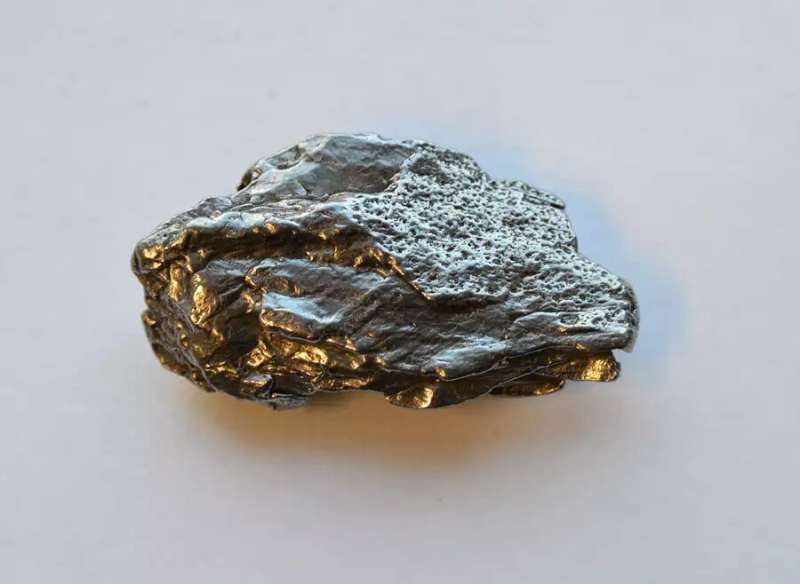Researchers from the Max Planck Institute for Astronomy and the Ludwig Maximilian University of Munich have proposed a new scenario for the emergence of the first building blocks of life on Earth about 4 billion years ago. They showed experimentally how iron particles from meteorites and volcanic ash could act as catalysts to convert the carbon dioxide-rich early atmosphere into hydrocarbons, as well as acetaldehyde and formaldehyde, which could serve as building blocks for fatty acids, nucleobases. , sugars and amino acids. Articles, Synthesis of Prebiotic Organics from CO 2 Catalyze with the help of meteorite and volcanic particles”. Scientific Reports .
As far as we know, life on Earth emerged only 400-700 million years after Earth itself formed. This is a fairly rapid development. For comparison, consider that it took about 2 billion years for the first viable (eukaryotic) cells to form after that. The first step in the emergence of life is the formation of organic molecules that can serve as building materials for organisms. Given how quickly life unfolded, it seems likely that this relatively simple first step was taken quickly as well.
The research described here offers a new way to create such organic compounds on a planetary scale under conditions common on early Earth. Iron particles from meteorites, which act as catalysts, play an important supporting role. Catalysts are substances that speed up certain chemical reactions but are not used in these reactions. In this respect, they are similar to the tools used in manufacturing: tools are needed to make a car, for example, but once one car is made, the tools can be used to build the next.
From industrial chemistry to Earth’s origins
The main inspiration for the research was industrial chemistry. In particular, Oliver Trapp, a professor at the Ludwig Maximilian University of Munich and a researcher at the Max Planck Institute for Astronomy (MPIA), wondered if there was a so-called Fischer-Tropsch process for the conversion of carbon monoxide and hydrogen into hydrocarbons. The availability of metal catalysts may not have had analogues on early Earth with a carbon dioxide-rich atmosphere.
“When I looked at the chemical composition of the Campo del Cielo iron meteorite, which is made up of iron, nickel, some cobalt, and a small amount of iridium, I immediately knew it was the perfect Fischer-Tropsch catalyst,” explains Trapp. The next logical step was to organize an experiment to test the cosmic version of Fischer-Tropsch.
Dmytro Semenov of the Max Planck Institute for Astronomy says: “When Oliver told me about the idea of experimentally investigating the catalytic properties of iron meteorite particles for the synthesis of the building blocks for life, my first thought was that we should also study the catalytic properties of volcanic ash particles. After all. “The early Earth must have been geologically active. There must have been lots of small ash particles in the atmosphere and early land masses.”
Source: Port Altele
